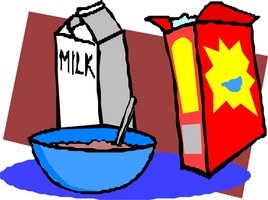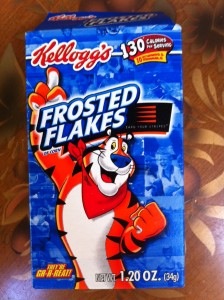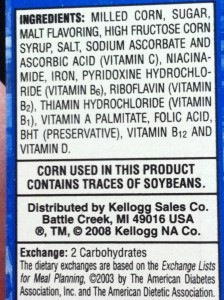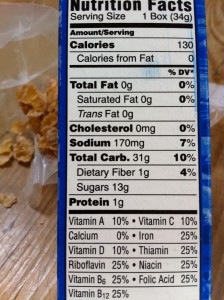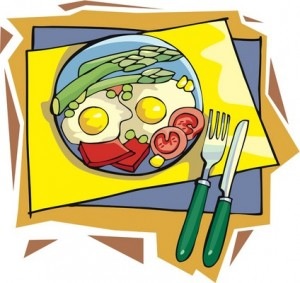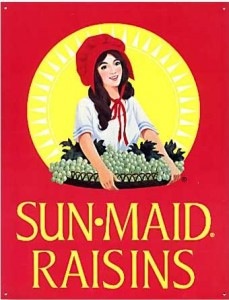 Who hasn’t grabbed one of those small red boxes of raisins? They’re a great portable snack – or are they?
Who hasn’t grabbed one of those small red boxes of raisins? They’re a great portable snack – or are they?
Raisins are dried grapes. The good news is that raisins are very low in saturated fat, cholesterol and sodium. They’re about 3.5% dietary fiber and 3% protein by weight.
The bad news is that a large portion of the calories in raisins comes from sugars. By weight raisins range from about 67% to 72% sugars – mostly glucose and fructose.
Nutrition Info
A teeny mini box of raisins (.5 oz) has 42 calories, 0g fat, 11g carbs, and 0g protein. This is the carb equivalent of about a little under 3 teaspoons of sugar.
A small box (1.5 oz) has 129 calories, 0g fat, 34g carbs, 1g protein. This is the carb equivalent of around 8 and ½ teaspoons of sugar.
One serving of California raisins is ¼ cup and 130 calories and contains less than 2% of the Recommended Daily Intake (RDI) of Vitamins A and C and traces of thiamin, riboflavin, niacin, pantothenic, Vitamin B6, folate, Vitamin E, Vitamin K, and 81mg of iron.
Think About This
Raisins have a lot of good things going for them – but they’re very high in sugar.
Think of it this way: one teaspoon of granulated sugar equals 4 grams of sugar; 4 teaspoons of granulated sugar is equal to 16 grams of sugar; 8 teaspoons of sugar is equal to about 32 grams of sugar.
If you’re grabbing handfuls of raisins from the container to eat as a snack – or dumping an equally large handful on your cereal — you may be adding a lot more sugar and calories than you realize.
